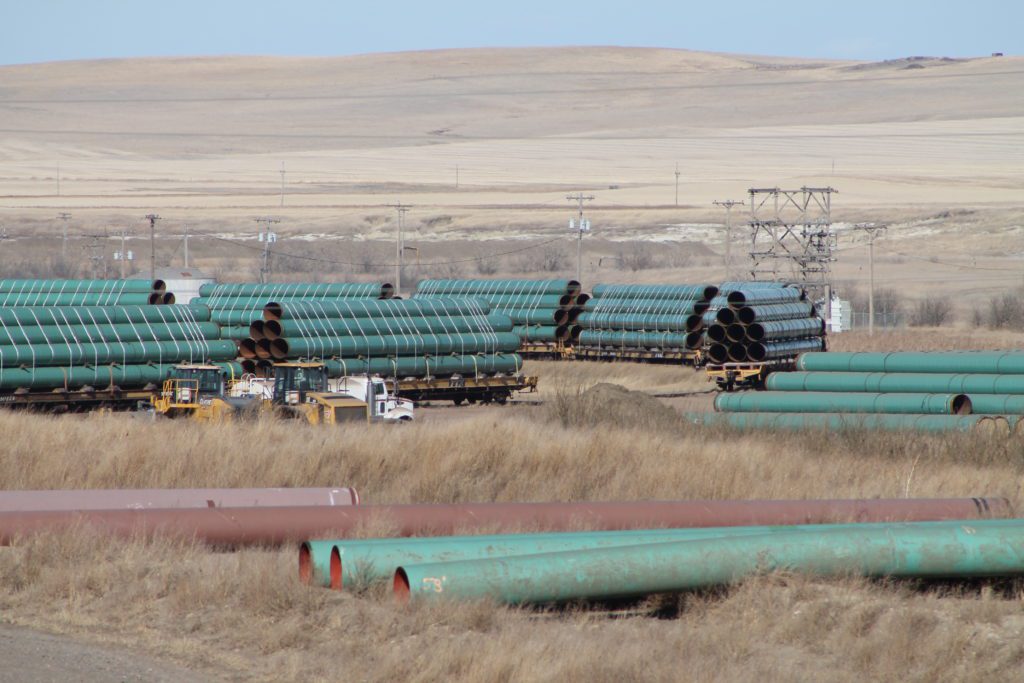TransCanada likes to tout the supposed benefits of Keystone XL in South Dakota. But history – and recent history at that – shows those benefits don’t always live up to the hype. In fact, they don’t even come close.
One of the biggest misconceptions about Keystone XL is the amount of tax revenue it will bring to our rural counties once it is constructed. Representatives from TransCanada keep upping the number – once only $10 million, now the number has shot up to $20 million, every year – supposedly.
But we have recently reviewed the tax revenue numbers on Keystone I, and it doesn’t paint such a rosy picture. TransCanada promised that pipeline would bring in $9 million a year for eastern South Dakota counties. But here’s what they actually paid:
From 2009-2013, Keystone I brought in $14,128,224 in property taxes in South Dakota = $2,825,644.80 per year, on average. That’s a far cry from the $9 million promised. In fact, it’s less than a third per year. Yet TransCanada, knowing this, TransCanada continues to up the ante on Keystone XL, promising more and more revenue to counties as time goes on.
So let’s dig into that a little, shall we?
Analysis from one of South Dakota’s longest pipeline fighters, Paul Seamans, shows that if you average the amount per mile Keystone I is bringing in, and assume East River and West River would bring in the same amount of revenue per mile (which is generous, considering West River would likely be far less), for the 313 miles of Keystone XL pipeline per year, we’d end up with a mere $4.42 million. That’s it.
From Paul: The five year average of taxes received on Keystone 1 is $2,825,644.80 per year. This is for approximately 200 miles of pipeline for Keystone 1. The average property tax paid per mile is $14,128.23 per mile. If one were to assume that West River ranchland would be taxed at the same rate as East River farmland (which it most assuredly would not be) then the taxes received on the 313 miles of Keystone XL pipeline would be $4.42 million. This would be less than a fourth of the $20 million that TransCanada has been promising.
Even if you take Keystone I’s highest revenue year (2013, at $3,934,669), the comparison for Keystone XL still comes in at only $6.16 million, far short of even the $10 million TransCanada was promising back in 2011.
Consider, by contrast, what we are putting at risk by building Keystone XL: prime agricultural land across the entire state of South Dakota. Our agriculture industry contributes over $25 BILLION to the state’s economy. Pipelines put that land, water, and resource directly at risk on a daily basis. The cost of a spill of conventional oil can be millions of dollars; just look at a wheat field spill in North Dakota, and you can guess what a tarsands oil spill would look like on our land.
The thing is, if something sounds too good to be true, it is. We take on the risk, get none of the benefits, and TransCanada walks. That is worth fighting against, and if you agree, write to the Public Utilities Commission today and ask them to deny the Keystone XL permit certification TODAY (be sure to reference Docket HP14-001):
Email – puc@state.sd.us
Snail Mail – Public Utilities Commission
Capitol Building, 1st floor
500 E. Capitol Ave.
Pierre, SD 57501-5070
Phone – (605) 773-3201

